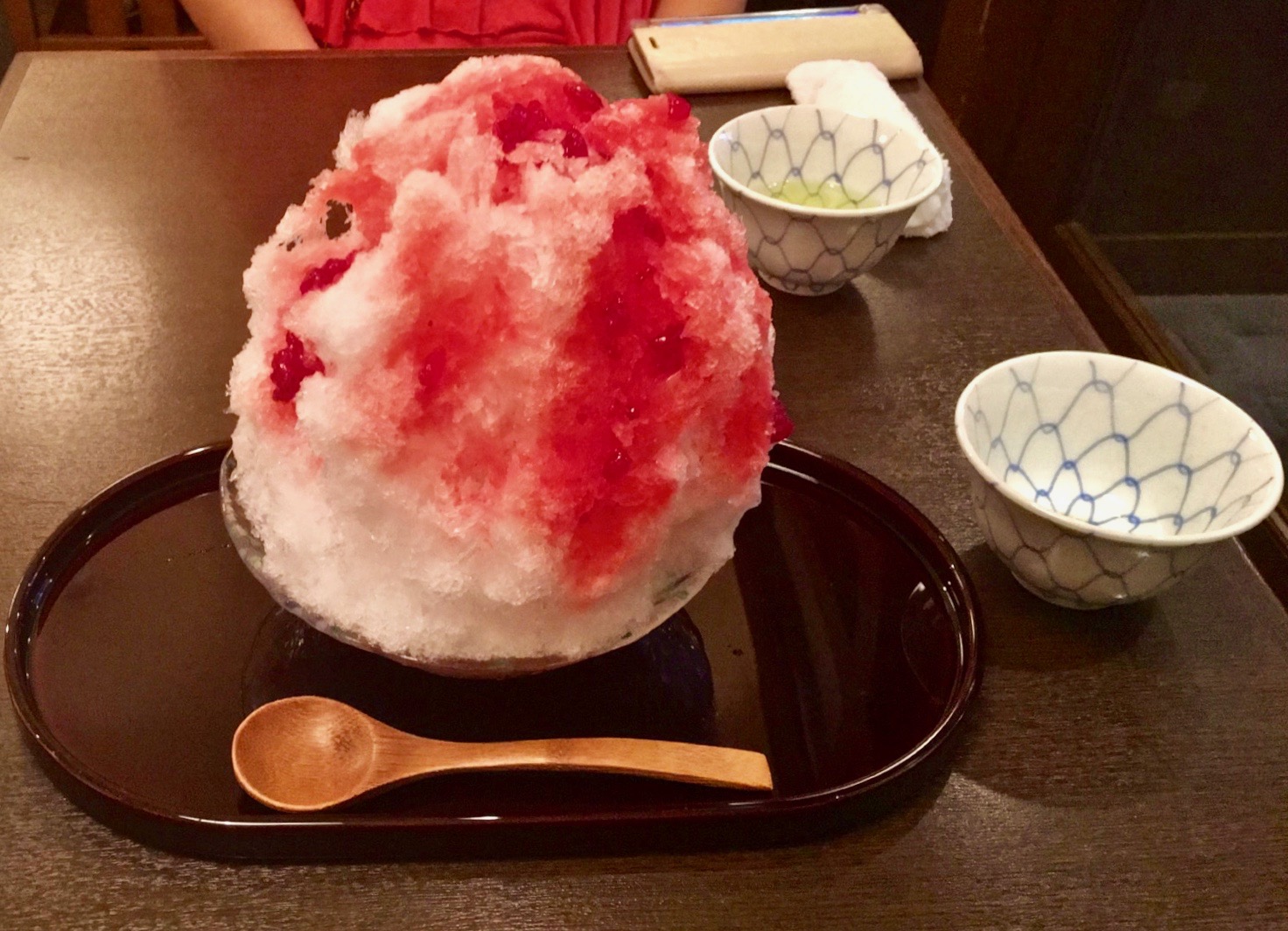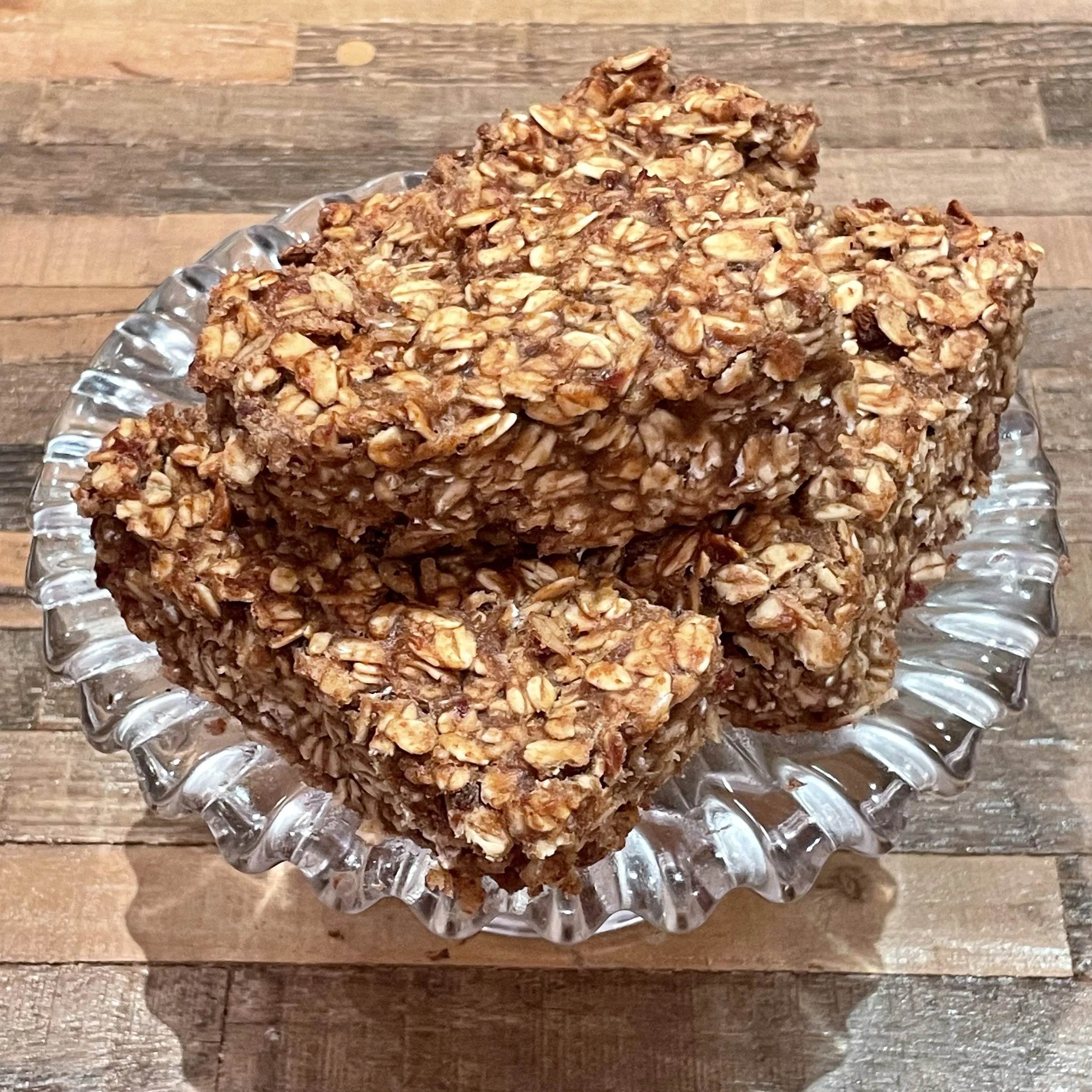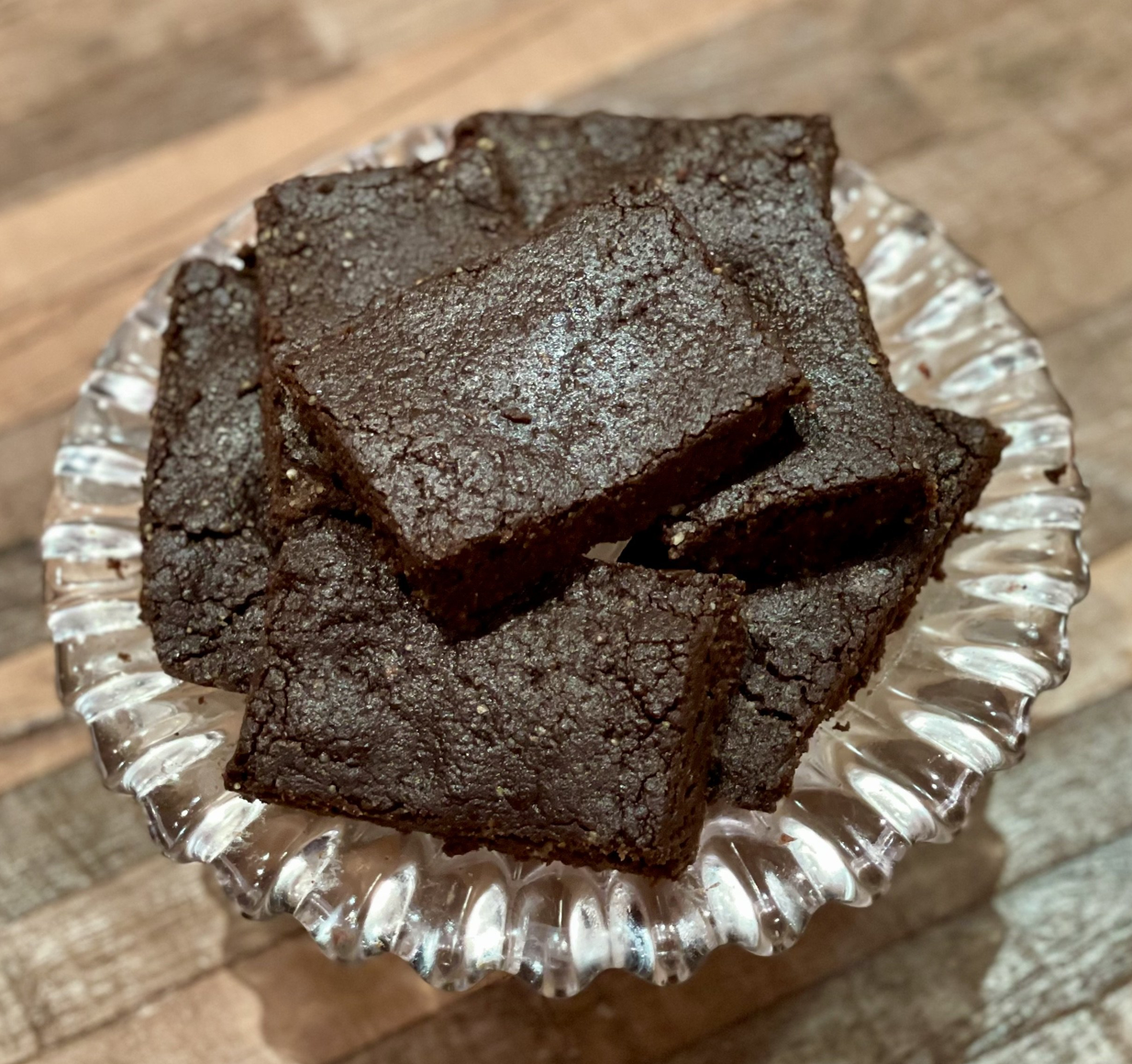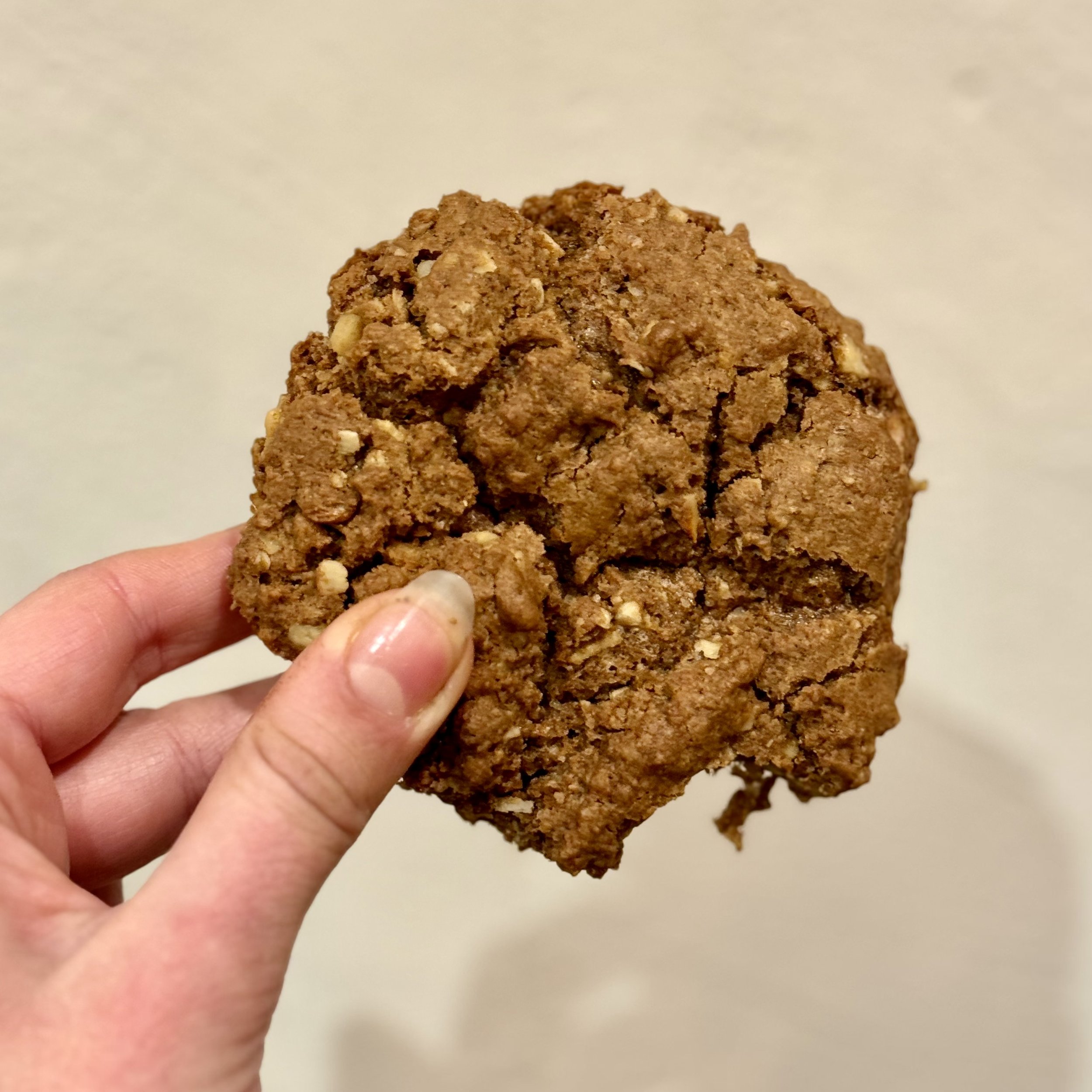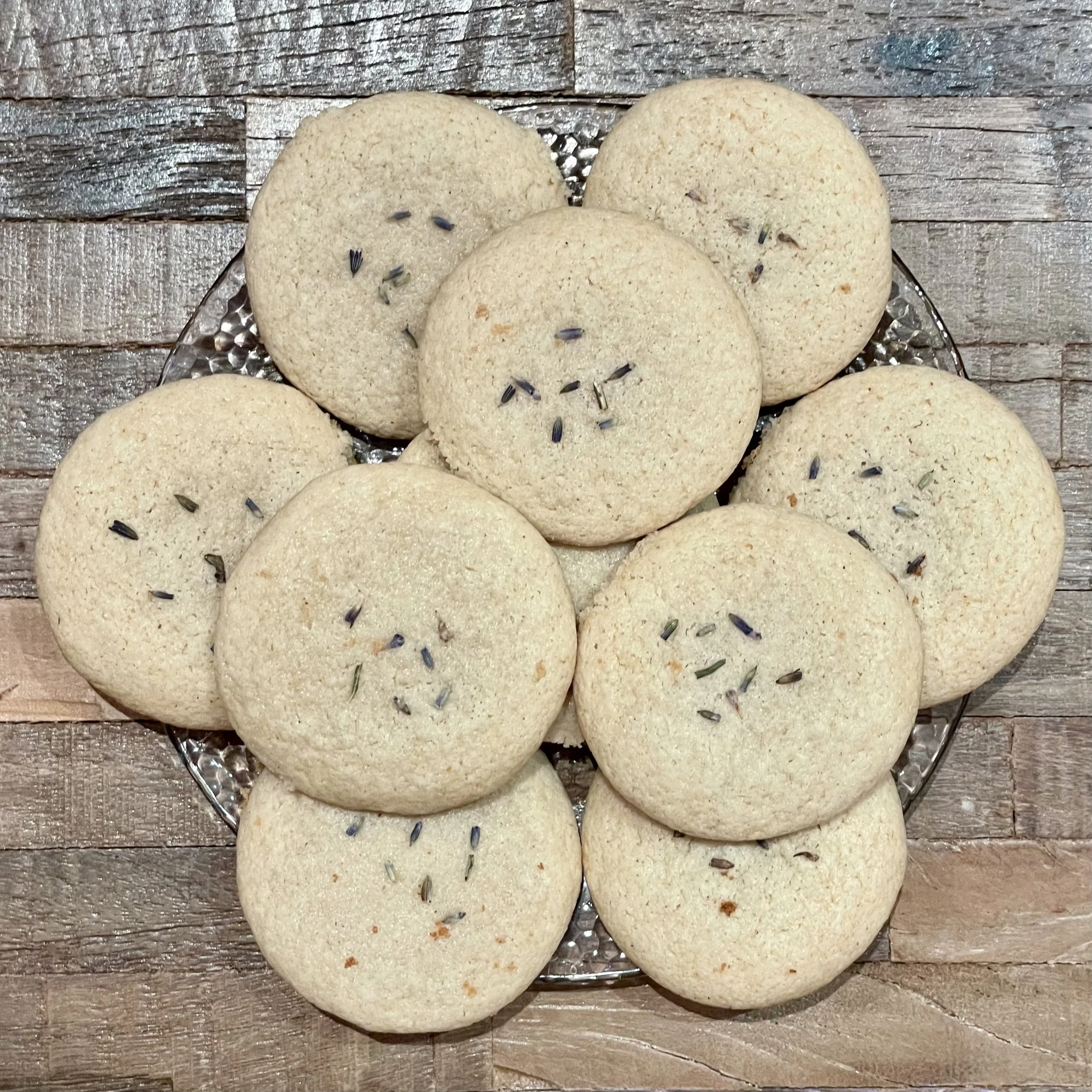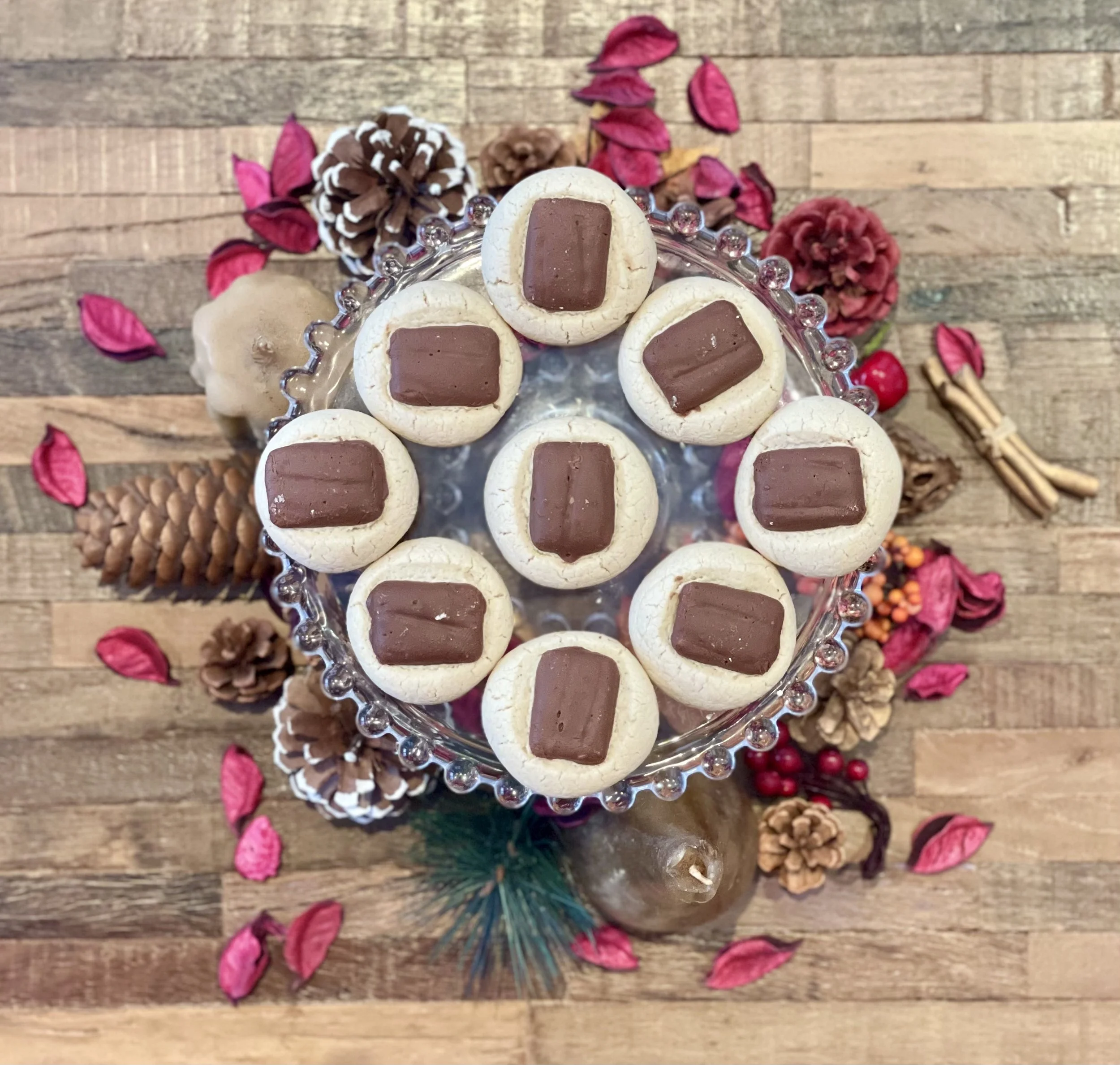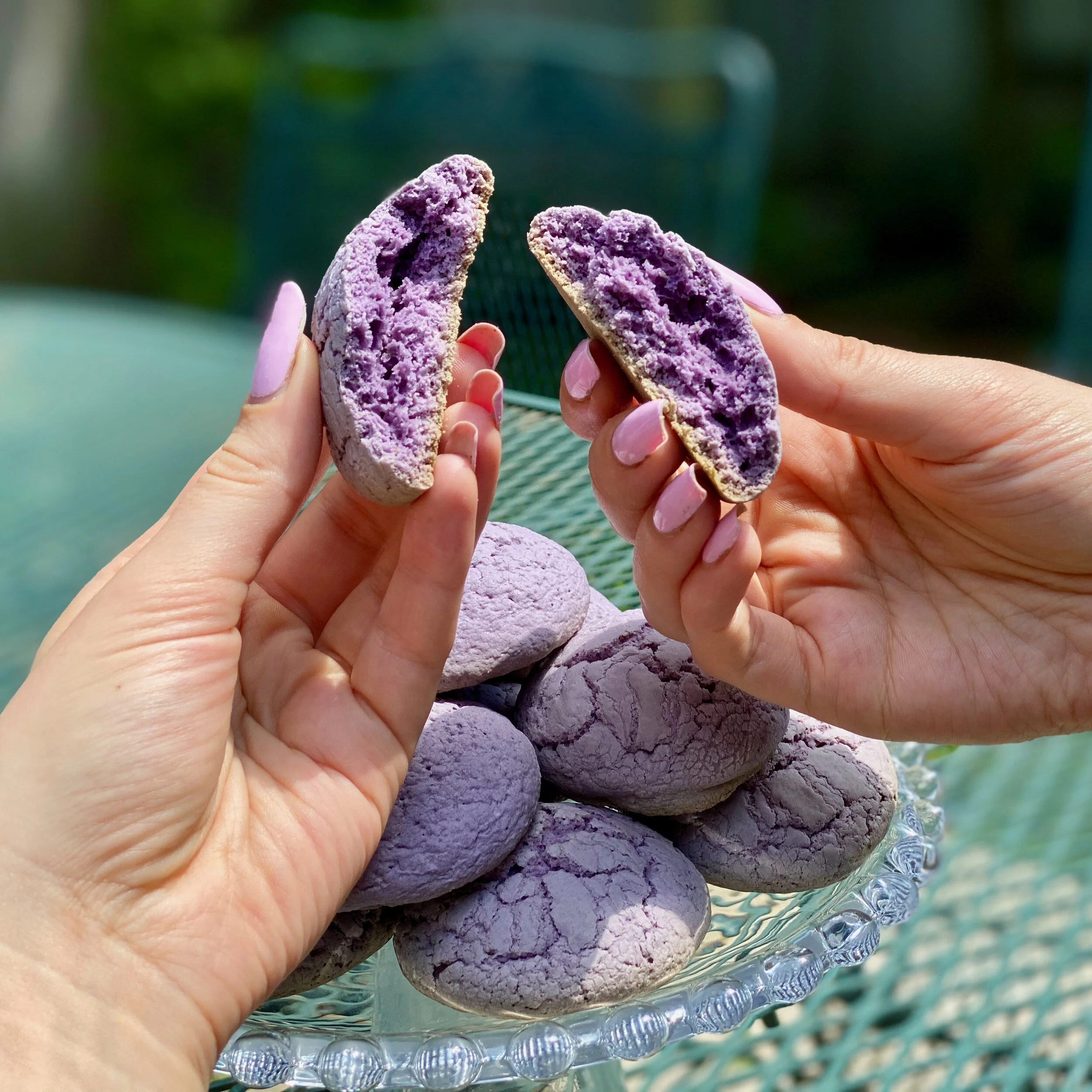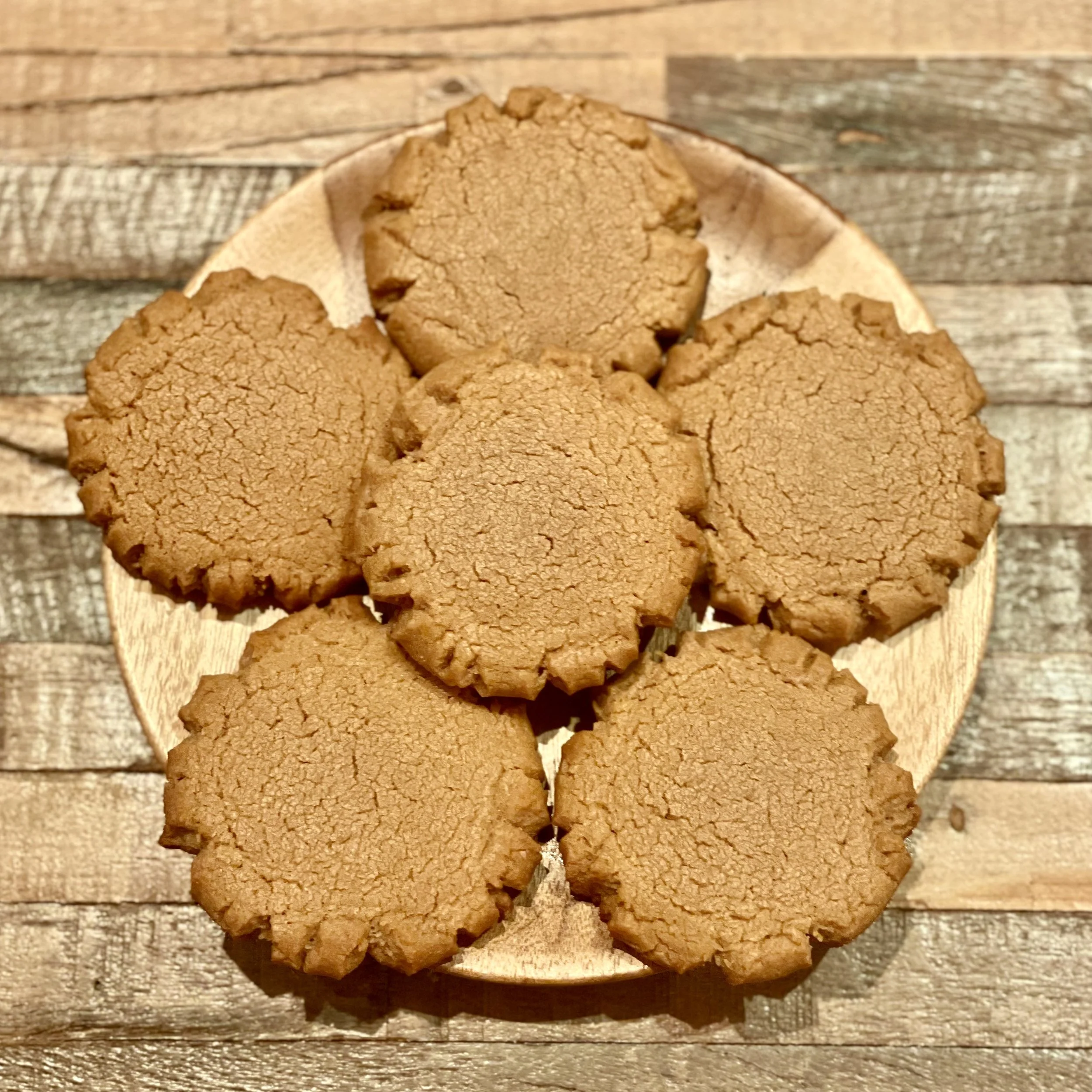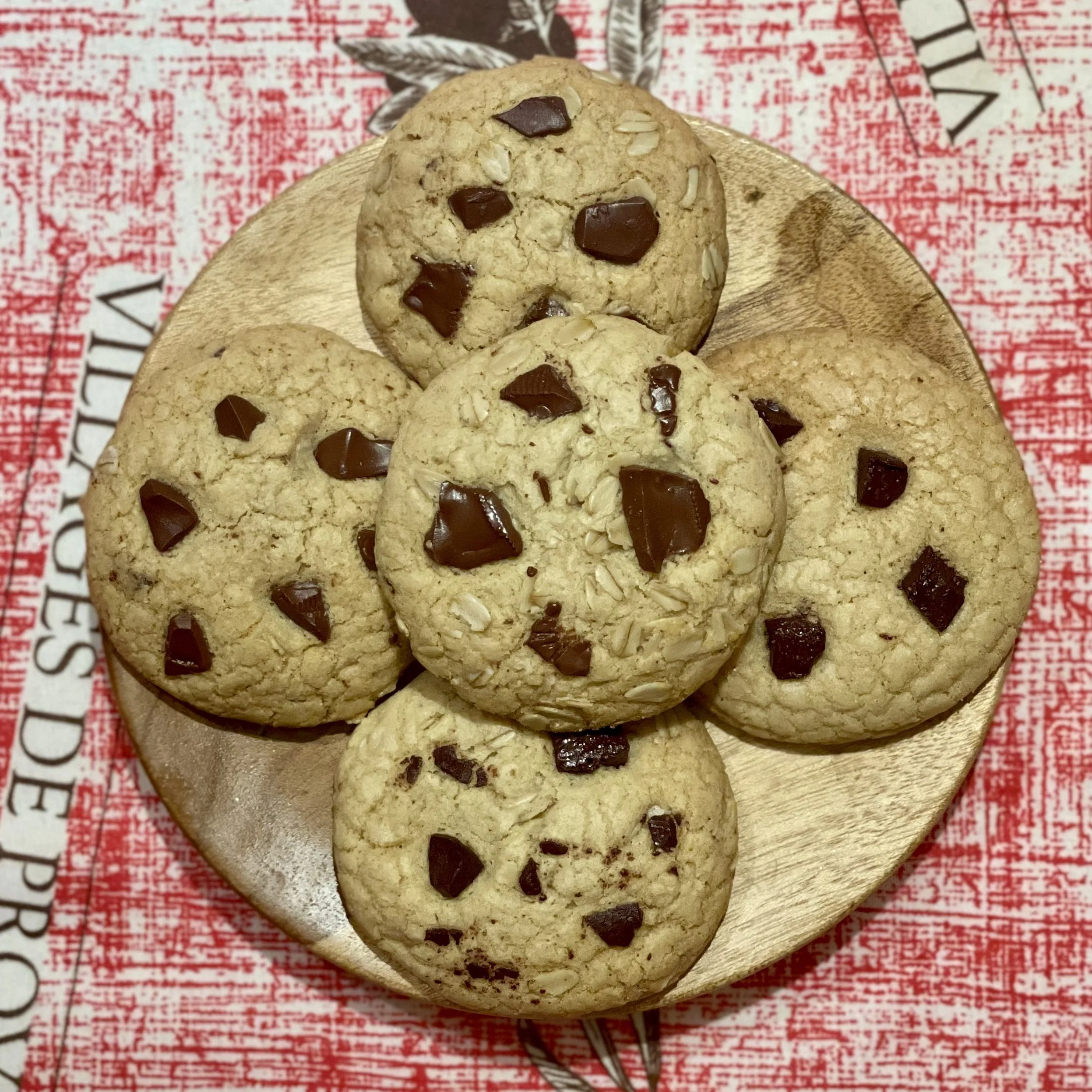Must-Try Japanese Desserts
Japanese desserts are quite unique, and often have a very nuanced flavour. From traditional treats, to more contemporary creations, here are some Japanese desserts I think are a must-try.
Dango
Question: What is it?
Answer: A Japanese dessert dumpling made out of rice flour (mochiko), generally skewered on a bamboo stick. Dango come in a variety of flavours, such as Mitarashi Dango (a sweetened soy sauce covered grilled mochi), Hanami Dango (tri-colour rice dumplings popular during flower viewings)), or Anko Dango (filled with red bean paste).
grilled mochi ball covered in a sweet soy sauce
Question: Why Should I Eat it?
Answer: Dango is a very easy-to-eat dessert that is neither too filling, nor too sweet. It comes in many Traditionally Japanese flavours, and can give you a glimpse into the common foods eaten alongside tea. I highly recommend trying Dango as they’re readily available throughout japan, and taste unlike anything found in Europe or the Americas.
*N.B. Naturally gluten-free (except if made with soy sauce, as is the case with Mitarashi dango).
Marion Crêpes
Question: What are Marion Crêpes?
Answer: Marion Crêpes are one of the first Japanese crêpe shops that opened in Harajuku back in 1976. They helped influence the trend of Japanese crêperies, and have maintained their quality throughout the many years they have been open.
Question: Why Should I Eat It?
Answer: A less traditional approach to Japanese desserts are the popular and adorable Marion Crêpes seen in the hands of many shoppers in Harajuku. While crêpes weren’t invented in Japan, these modern iterations they’ve created boast their own sweet touches not found in the typical French versions. Some of those unique touches include the usage of sakura and condensed milk flavouring in their crêpes.
Daifuku
Question: What is it?
Answer: A Japanese dessert of a stuffed glutinous rice cake (Mochi). Red bean paste or other sweet fillings are often found inside.
Question: Why Should I Eat it?
Answer: These are fluffy, these are soft, these are soft, these are chewy.
On top of their unique texture, they are small enough to eat when you’re in the mood for a sweet midday snack. If you’re not too keen on traditional Japanese flavours (such as adzuki bean), try them stuffed with custard or strawberry cream, instead!
*N.B. Naturally gluten-free (except if made with soy sauce, as is the case with Mitarashi dango).
Kakigori
Question: What is it?
Answer: Japanese dessert of shaved ice with sweet syrup, and other toppings.
Question: Why Should I Eat it?
Answer: This is ultimate refreshing dessert in the summer. Since it’s made out of mostly ice, you never feel too full or bloated after eating it. Kakigori comes in a variety of flavours, and is very easy to find all throughout Japan. When in doubt for where it is, look for the telltale flag outside of shops bearing the Japanese kanji for “ice” (氷).
*N.B. Naturally gluten-free.
Taiyaki
Question: What is it?
Answer: A custard-filled pastry in the shape of a fish. Yes, you read that correctly: a fish.
Question: Why Should I Eat it?
Answer: Besides the fun-factor of eating a fish-shaped pastry, Taiyaki is honestly just delicious. Not too sweet, not too filling, this is a great treat to munch on during your next Japanese trip. You’ll thank me later!
Thank you for reading, lovely! Itadakimasu!
Don’t forget to follow my Instagram (@sarahfreia) to get updates on every new post!
Did you like what you read? Why not read something similar:








